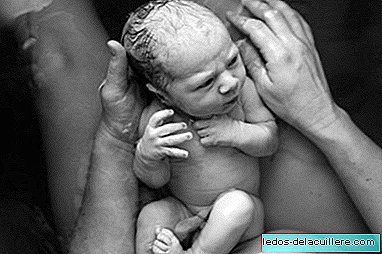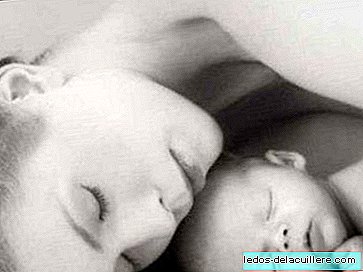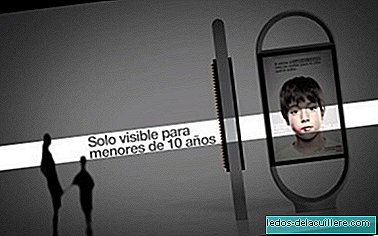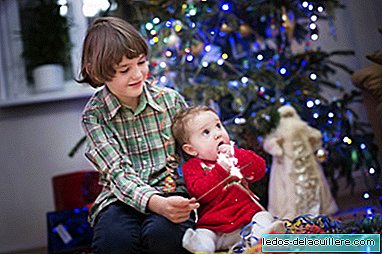Who we are, how we are and what we do are never determined by a single cause or a single event in life. The human being is wonderfully complex, a delicious cocktail in which many different ingredients are mixed. No, nothing will relentlessly determine our future, but we do know that there are factors that will modulate it. Among them is the kind of attachment we develop in childhood, that it can influence, among other things, in the development or not of certain mental pathologies. Without alarmisms and without anguish, which are not necessary, I tell you.
What is attachment and what types do we know?
Attachment is the emotional bond that a person, in this case babies and children, establishes with another individual (significant figure). Bowlby, the main architect of Attachment Theory, claimed that attachment "It is the result of the activation of behavior systems that have a goal: to establish a special relationship with another specific individual."
There are several general types of childhood attachment:
Secure attachment
It is a relationship in which there is communication, care and emotional demonstrations (both verbal and through touch) in a constant way (which does not mean 24 hours, but constant in time and in different situations, without being invasive).
In this type of relationship, the little ones “know” that their person / attachment figure is available to them, they feel safe, so that they show exploration behaviors without distress (investigate the environment, touch new things, etc.), they can get away from their attachment figure without showing anxiety or crying ... "Mom is gone but I know she will come back, nothing happens".
They seek to share their emotions with the attachment figure, and in it they find calm and comfort "relatively quickly" when they feel bad or something causes them discomfort. The adult would be a caregiver, yes, but also a facilitator of the autonomy of the child.
Anxious attachment
It usually occurs when the caregiver / attachment figure lends a intermittent attention to the care and needs of the baby / child, without too many signs of affection or an especially strong bond. This can lead the child to show anxiety about separation, poor exploratory behavior of the environment, insecurity, irritability, aggressiveness, etc.
Within this group, according to Mary Ainsworth's research, we can find two types: insecure-avoidant attachment and insecure-anxious-ambivalent attachment.
Insecure-avoidant attachment: they are small that seem "very independent", the absence of the attachment figure does not cause them anxiety, it is more, when it appears they avoid it. The attachment figure is a rigid and not very flexible person, who can show discomfort with the needs of child care and poor attention to emotional needs.
Insecure-anxious-ambivalent attachment: children who cling to the attachment figure, who do not conduct exploratory behaviors away from it, who cry very dramatically when the adult leaves and who upon their return can show anger and do not calm down easily. Attachment figure, unlike the previous type, more than "passive or hostile" is little constant: Sometimes he takes care and pays attention to the needs (both physical and emotional) of the children, and sometimes not, without this depending on the child's behavior. This means that the child cannot draw conclusions about the relationship between his behavior and what he receives (reaction) from the adult: they do not know what to expect.
Disorganized attachment
This type of attachment appears in complicated situations such as abuse, abuse ... Children may be depressed, distressed or have a very changing mood. The child perceives the caregiver as potentially dangerous, and It is the type of attachment that has the greatest potential to generate pathologies in adult life.
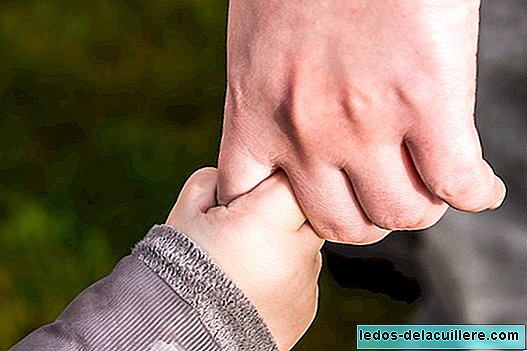
How do they influence our adult mental health?
There are few studies that relate the type of attachment developed in childhood with certain mental pathologies in adult life. I insist on what I commented at the beginning: in these things there are no unique and determining factors, it is the conjugation of factors, but we know that attachment plays a negligible role.
He secure attachment It is not related to pathology in the future, on the contrary: it is related to emotional stability and better management of these, with the establishment of adult relationships not based on need, better self-esteem, etc.
But then we have the other guys ... that could be more complicated. Let's see:
Insecure attachment: a study conducted by the University of Illinois determined that this type of attachment could favor, in adult life, a low self-esteem, anxiety, depression or dysfunctional attitudes (such as non-adaptive behaviors that do not help achieve your goals, for example).
Another study, this time at the University of Cambridge, establishes a relationship between this type of attachment and the development of depression in adult life: insecure attachment would make us vulnerable to depression as well as other mood disorders.
Anxious-ambivalent attachment: again low self-esteem, lack of assertiveness (that is, not knowing how to make our rights prevail, not knowing how to say no, etc.), outsourcing of responsibilities (those responsible are always others, never us, both good and bad , especially of the bad thing), difficulty to establish interpersonal relations (need of a lot of security before “launching”, for example). It could also be related to anxiety, depression, and even violent behavior towards the couple, according to specialists M. Mikulincer and P.R. Shaver
Disorganized attachment: they can show difficulty in regulating their emotions (which are “uncontrollable” and exaggerated), emotional dependence on relationships (both as a couple and as friends), instrumentalization of sex (use it to get attention).
We also found a history of disorganized attachment in cases of Borderline personality disorder and Bipolar Disorder, among others, as indicated in this study conducted at the University Hospital of La Coruña.
He attachment It has a crucial role in our development and mental health in adult life. A secure attachment in childhood will help us to establish healthier emotional relationships, not to depend, to have a better self-esteem ... So we are going to put primacy and attention to the care of our children, we want them to be healthy and happy adults, true?
Photos: Pixabay.com
In Babies and more: Being an equal, involved and attached parent is all advantages: science says so; From tiger parents to poultry: what science says about the most popular parenting styles




